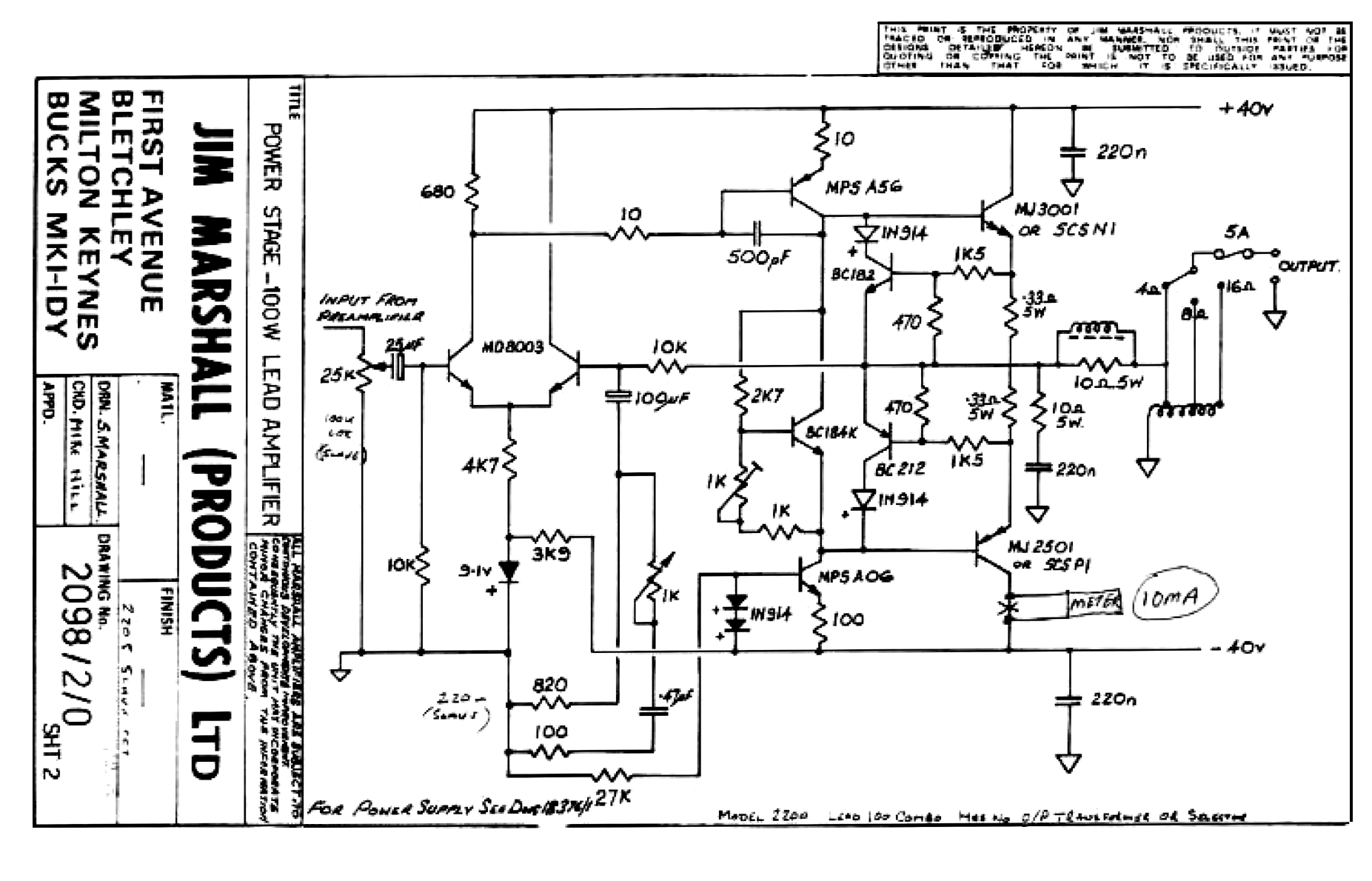I think I posted this somewhere else on the forum, but I experimented with something like this a long time ago using a miniature audio OT and JFET's. I got it to work and it sounded decent, but I was able to get much the same result out of linearly-biased CMOS buffers e.g. CD4049. You can find that in the Sunn Beta series of amps.
Univox released their "Mobile-Ohm" series (models U130L/B and U200L/B) of SS amps in the mid-70's that utilized bipolar power transistors with a push-pull transformer-coupled output and selectable speaker impedance (hence the moniker). When you turned these amps up, you could get the transformer to saturate nicely and they sounded quite good! Remember, a problem with bipolar transistor clipping is odd-harmonic distortion. Odd-harmonics tend to cancel in transformer push-pull designs. As to WHY you would want the saturation/compression effect in a SS, well, THAT is a question for the ages, isn't it?
Univox released their "Mobile-Ohm" series (models U130L/B and U200L/B) of SS amps in the mid-70's that utilized bipolar power transistors with a push-pull transformer-coupled output and selectable speaker impedance (hence the moniker). When you turned these amps up, you could get the transformer to saturate nicely and they sounded quite good! Remember, a problem with bipolar transistor clipping is odd-harmonic distortion. Odd-harmonics tend to cancel in transformer push-pull designs. As to WHY you would want the saturation/compression effect in a SS, well, THAT is a question for the ages, isn't it?


 Most of Isaac Asimov's illustrious writing career was based, precisely, on the existence of the Positronic Brain, the basis of human-like Robots, the first of which was none other than R Daneel Olivaw, the famous detective.
Most of Isaac Asimov's illustrious writing career was based, precisely, on the existence of the Positronic Brain, the basis of human-like Robots, the first of which was none other than R Daneel Olivaw, the famous detective. :
:
Comment